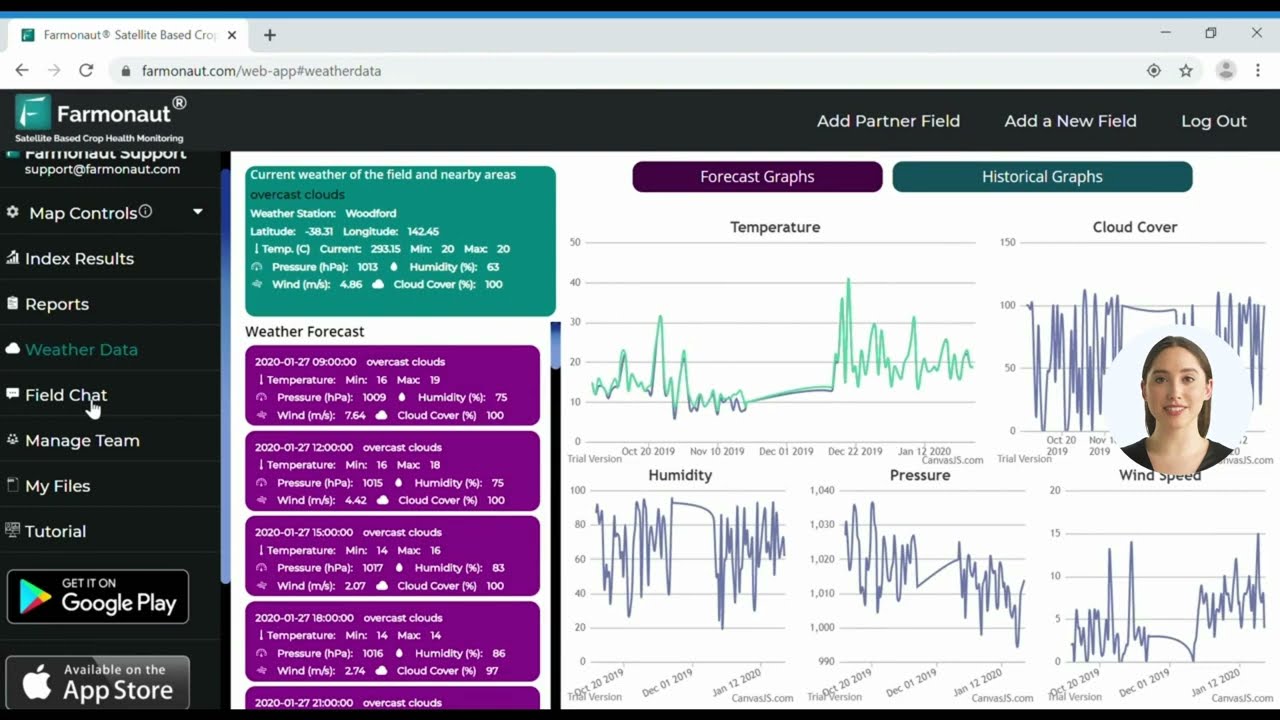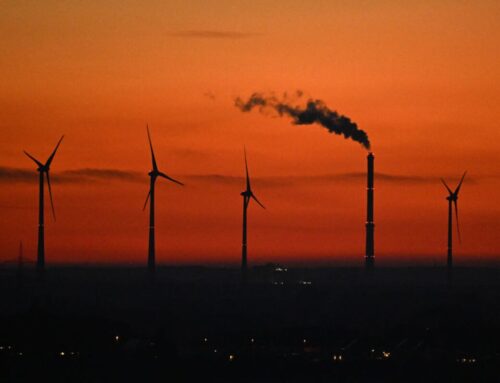Pima Copper Mine: 7 Ways Shaping Arizona’s Future
November 2, 2025
Pima Copper Mine: 7 Ways Shaping Arizona’s Future
The Pima Copper Mine remains a cornerstone in the modern, sustainable mining sector, especially within Arizona’s rapidly evolving landscape in 2025 and beyond. As global demand for copper and sustainable resources grows ever more pronounced, this mine, strategically located in southern Arizona, exemplifies how traditional extraction meets innovative, eco-friendly operations.
“Pima Copper Mine produces enough copper annually to support wiring for over 5 million electric vehicles, boosting green transportation.”
Operational Overview and Geological Significance
The Pima Copper Mine lies in a region within the southwestern United States, characterized by substantial porphyry copper deposits. These deposits make large-scale extraction possible, as copper is primarily produced as concentrate, alongside important byproducts like molybdenum and silver. In recent years, technological advances in mining and ore processing have enabled this operation to maintain high efficiency and productivity—even as ore grades fluctuate.
Pima’s operational scale and location remain vital in 2026 and beyond. It supports a large workforce and contributes significantly to both the state’s and the nation’s economic strategy. With geopolitical tensions and supply chain vulnerabilities again apparent, the U.S. reduces reliance on imported copper by leveraging the Pima Copper Mine’s output. This ensures a reliable domestic supply of crucial mineral resources—a matter of national security in sectors such as defense, energy, and infrastructure.

Why the Pima Copper Mine Remains a Strategic Asset in Modern Mining
- Situated within a mineral-rich region of southern Arizona, featuring world-renowned porphyry copper deposits
- Produces copper concentrate, with valuable byproducts including molybdenum and silver, supporting both economic and material resource needs
- Technology-enabled efficiency: Recent advances in ore processing technologies allow high efficiency, even with fluctuating ore grades
- Strengthens American mineral independence, supporting economic growth and critical industries
- Large-scale, reliable operations: Supports local and national infrastructure, defense, and energy industries
“Innovative eco-practices at Pima Copper Mine have reduced water usage by 30% compared to traditional mining methods.”
1. Sustainable Mining: Pima Copper Mine’s Model for the Future
Sustainable development has become indispensable in mining, particularly in arid environments like Arizona. The Pima Copper Mine has evolved into a national model, demonstrating how responsible operations can exist in harmony with the environment. By 2026 and beyond, sustainability is not just a buzzword at Pima—it’s embedded in all facets of operations: from water management and waste reduction to renewable energy integration and community engagement.
Sustainable practices showcased by the Pima Copper Mine include:
- Advanced water recycling and conservation systems
- Improved tailings and waste management
- Transition to renewable energy sources
- Greenhouse gas reduction and monitoring of environmental impact
- Autonomous and electric vehicle integration in onsite transportation
- Community and workforce development for local sustainability
- Ongoing innovation in processes like bioleaching and AI-based monitoring
By targeting resource efficiency and environmental stewardship, Pima is actively minimizing its ecological footprint within Arizona. These measures address the global movement toward greener, responsible supply chains, particularly in sectors like energy, infrastructure, and defense.
Leveraging Satellite Technology for Sustainable Mining
Our team at Farmonaut specializes in satellite-based environmental and operational monitoring for mining, agriculture, and infrastructure sectors. We help mines adopt and track sustainable practices, offering resource management tools, carbon footprint tracking, and real-time environmental impact data. Discover how our technology empowers mining operations to remain efficient and responsible:
Satellite-Based Carbon Footprinting for Mining.
This innovative service helps mines like Pima quantify and reduce emissions, supporting sustainability targets.

2. Leading Water Recycling and Conservation Systems at Pima Copper Mine
Given Arizona’s arid climate and increasing drought risk, water conservation is critical for any large mining operation. The Pima Copper Mine has incorporated advanced water recycling systems to minimize fresh water withdrawals and reduce ecological impact. By recycling and reusing process water in ore extraction and mineral processing, Pima has effectively reduced water consumption by over 30%.
- Closed-loop recycling: Allows continuous reuse of process water, minimizing withdrawal from scarce regional sources
- Rainwater harvesting systems: Capture and utilize rainwater for operations, reducing environmental footprint
- Modern water treatment facilities: Ensure compliance with environmental regulations and industry best practices
Water management at the Pima site serves as a template for sustainable mining worldwide, supporting Arizona’s infrastructure and future growth, as well as global development standards for mining in the 2020s and 2030s.
Want to monitor water use and sustainability at scale? Our Large-Scale Resource Management Platform provides live monitoring of environmental factors for mining and other sectors, integrating satellite data for actionable insights.

3. Advanced Waste and Tailings Management Practices
Mining operations inevitably produce waste, including tailings (crushed rock, water, and process chemicals left after ore extraction). To protect Arizona’s landscape and communities, the Pima Copper Mine has:
- Engineered containment facilities for tailings: These are designed to withstand Arizona’s climate and seismic risk, carefully constructed to prevent contamination of soil and water
- State-of-the-art monitoring systems: Sensors and remote diagnostics track tailings integrity, allowing rapid response to any issues
- Progressive reclamation: Where possible, tailings ponds are covered and revegetated, leading to habitat restoration and minimized visual impact
- Water extraction from tailings: Enables further recycling and conserves water within mining operations
Integrating advanced management of tailings is not just about compliance—it promotes safety and reduces the long-term ecological footprint of copper mining, enhancing the sector’s social license to operate in Arizona.
Tracking environmental compliance and reclamation remotely? Explore our
Blockchain-Based Traceability Tools
for mining and supply chains.

4. Energy Innovation: Powering Toward a Renewable Future
Reducing mining’s reliance on fossil fuels is essential for both economics and environmental stewardship. The Pima Copper Mine is leading the energy transition with:
- Onsite renewable energy generation: Installation of solar arrays and wind turbines to offset carbon emissions and supply low-cost, clean power for critical operations
- Fleet electrification and autonomous vehicles: Swapping conventional diesel vehicles for electric and hybrid machinery reduces onsite emissions and cuts fuel costs
- Optimized machinery and grid connectivity: Investment in energy-efficient motors, automated shutdowns, and grid-based renewables
- Monitoring carbon output: With advanced tools, including AI-driven technologies, the mine quantifies its reduction in greenhouse emissions and sets benchmarks to further decrease its ecological impact
Energy innovation not only supports Arizona’s push toward a low-carbon economy, but also reinforces the strategic importance of the Pima Copper Mine in U.S. infrastructure and defense initiatives.
Measure, analyze, and manage your mining operation’s energy efficiency and emissions in real time.
Farmonaut’s Carbon Footprinting Platform
delivers actionable insights, supporting regulatory compliance and internal sustainability goals.

5. Economic and Strategic Importance for Arizona & The United States
The Pima Copper Mine’s economic significance extends far beyond southern Arizona in 2026. Its reliable output is pivotal for rapidly expanding domestic infrastructure projects, driven by growing investment in clean energy, broadband, transportation, and defense. Here’s how Pima’s contributions support the U.S. supply chain:
- Energy Infrastructure: Massive copper demand underpins the green energy transition, as the mineral is vital for wind turbines, solar panel wiring, electric vehicle batteries, grid cabling, and charging infrastructure
- Defense Systems: Sophisticated electronics, communications, and vehicles for national defense require consistent availability of high-purity copper
- Expanding U.S. Infrastructure: Federal investment in rebuilding public transit, power grids, and communication networks relies heavily on copper sourced from reliable domestic mines like Pima
- Trade and Supply Chain Security: By ensuring a resilient copper supply, Pima helps insulate the U.S. from overseas market shocks, maintaining economic stability for critical industries
Reliable mineral supplies strengthen Arizona’s economy, create jobs, and position the region as a cornerstone for innovation, manufacturing, and sustainable development into 2026 and the next decade.

Interested in improving mining logistics and cost savings? Our
Fleet Management Platform
optimizes vehicle use in mining, ensuring efficient fleet operations for workforce and equipment.
6. Driving Technological Advancements and Efficiency
Through strategic investment in innovation and digital transformation, the Pima Copper Mine continues to set industry benchmarks for efficiency, safety, and sustainability. Some of the most important technological advances at the mine include:
- Digital mining platforms: Cloud-based systems that centralize operational data, improving decision-making and transparency
- AI-enabled predictive maintenance: Machine learning algorithms analyze asset health, minimizing downtime and reducing costs
- Automated equipment: Remote-operated drill rigs, autonomous trucks and loaders boost productivity and worker safety, while also supporting fleet electrification
- Bioleaching research: Exploring microbial extraction methods to access lower-grade ores, further minimizing environmental impact and extending mine lifespan
Pima’s leadership has ripple effects across Arizona’s mining sector, setting new standards for responsible, data-driven mineral extraction.

7. Community Engagement and Workforce Development
The social dimension of sustainability is vital at Pima. Ongoing community engagement, educational investment, and local employment initiatives ensure that the benefits of mining are felt widely across Arizona. By nurturing the skills pipeline through apprenticeships, technology training, and career development, Pima not only fuels the immediate economy but also supports long-term regional resilience.
- Educational outreach: Partnering with schools and colleges to offer training and STEM programs focused on mining, environmental science, and digital skills
- Workforce development: Investing in local hires, offering competitive wages and benefits, and supporting workers in adapting to automation and new tech
- Support for cultural preservation and local communities: Initiatives respect indigenous land rights and collaborate with Arizona stakeholders on environmental stewardship
As the workforce evolves, continued professional development programs position the Pima Copper Mine as a modern employer in sustainable resource extraction.
Comparison Table of Sustainable Practices at Pima Copper Mine
| Sustainable Practice | Description | Estimated Environmental Impact | Sector Benefited |
|---|---|---|---|
| Water Recycling & Conservation | Closed-loop and advanced recycling of process water within operations. | 30% less fresh water used; saves ~4 billion gallons/year | Mining, Energy, Infrastructure |
| Renewable Energy Integration | Solar/wind energy generation onsite, and green grid electricity adoption. | Reduces CO₂ emissions by ~80,000 tons/year | Energy, Infrastructure, Defense |
| Advanced Tailings Management | Engineered containment, monitoring, and reclamation practices for safe waste control. | Limits contamination, restores land on 500+ acres | Environment, Defense, Infrastructure |
| Autonomous and Electric Fleets | Adoption of electric/autonomous haul trucks and loaders, plus optimized fleet routes. | Cuts diesel use by 35%, major noise and air quality gains | Mining, Energy, Infrastructure |
| Bioleaching Research and Ore Technologies | Use of microbes and low-impact methods to extract copper from low-grade ore. | Potential for 15% less chemical reagent and process water | Mining, Energy, Environment |
| Real-Time Environmental Monitoring | Use of sensors, satellite, and data analytics for live emissions, water and land health tracking. | Rapid detection of issues, compliance with ESG regulations | All Sectors (cross-cutting) |
| Community Engagement & Workforce Development | Partnerships, education, training, and indigenous stakeholder programs. | Creates ~1,800 local jobs, fosters STEM skills & cultural preservation | Local Economy, Education, Infrastructure |
Satellite Monitoring and Sustainability: How Farmonaut Tools Empower Mining Operations
At Farmonaut, we help mining operations realize and maintain high sustainability standards using satellite technology, AI, and data science tools. Our platform delivers operational, environmental, and compliance insights to support sustainable mining in Arizona and around the world. Here’s how:
- Satellite-based environmental tracking: Monitor real-time land, water, and carbon indicators to minimize the ecological footprint of mining operations.
- AI-based advisory: Use predictive tools for resource extraction, reclamation, and emissions control—applicable for autonomous fleets, water recycling, and energy management.
- Blockchain traceability: Ensure full supply chain transparency and support ESG goals from mine to metal product delivery. Learn about our traceability platform.
- Carbon footprinting: Track greenhouse gas emissions accurately and align with international sustainability targets using our dedicated tool.
- Fleet and resource management: Efficient movement and optimal use of vehicles and machines with automated fleet management.
- Report generation & regulatory compliance: Generate reports for stakeholders/government agencies and comply with international mining, energy, and environmental regulations.
Want direct access to our monitoring API? Explore:
Farmonaut Satellite Data API or review our
API Developer Docs.
*Farmonaut subscriptions for mining, sustainability, and traceability solutions:*
FAQ on Pima Copper Mine and Sustainable Mining
- What is the Pima Copper Mine’s primary focus in sustainable mining?
- The Pima Copper Mine prioritizes advanced water recycling systems, responsible waste management, renewable energy integration, and autonomous vehicle adoption to minimize environmental impact and lead the way in sustainable mining within Arizona’s arid climate.
- How does Pima Copper Mine support the transition to renewable energy and electric vehicles?
- By producing high-quality copper, the Pima Copper Mine supplies manufacturers of wind turbines, solar panels, and electric vehicles—sectors essential to the global energy transition in 2026 and beyond.
- How does Farmonaut help mining companies like Pima achieve sustainability?
- Our solutions at Farmonaut provide satellite-enabled monitoring, AI-based advisory, blockchain traceability, and carbon footprint tracking—empowering mining sites to realize eco-friendly operations and regulatory compliance.
- What are tailings, and why is their management important?
- Tailings are the waste materials left after copper ore extraction. Effective containment, monitoring, and reclamation are necessary to prevent contamination, ensure safety, and reduce the mine’s ecological footprint.
- How does the mine contribute to Arizona’s local economy and workforce?
- The mine supports over 1,800 local jobs, invests in workforce training and STEM education, and boosts the local economy by anchoring infrastructure growth and manufacturing development.
- What is bioleaching, and how could it shape the future of copper extraction?
- Bioleaching uses microorganisms to extract copper from low-grade ores, reducing chemical reagent needs and water consumption. This can make mining more environmentally friendly and extend the lifespan of existing deposits.
- Where can I access Farmonaut’s sustainability and monitoring solutions?
- You can access our suite of solutions via our web app, Android app, and iOS app.
Conclusion: Pima Copper Mine’s Lasting Impact on Arizona’s Sustainable Growth
As the U.S. and global economies shift towards a cleaner, more resilient future, the Pima Copper Mine remains a pillar for sustainability, economic growth, and technological innovation in Arizona’s mineral sector. Its advanced operational model demonstrates that mining can integrate environmental stewardship with robust production and strategic support for energy, infrastructure, and defense industries. Through continued innovation and community investment, Pima ensures sustainable resource development—catalyzing green growth in Arizona and securing America’s mineral independence in a rapidly evolving world.

Search
RECENT PRESS RELEASES
Related Post





